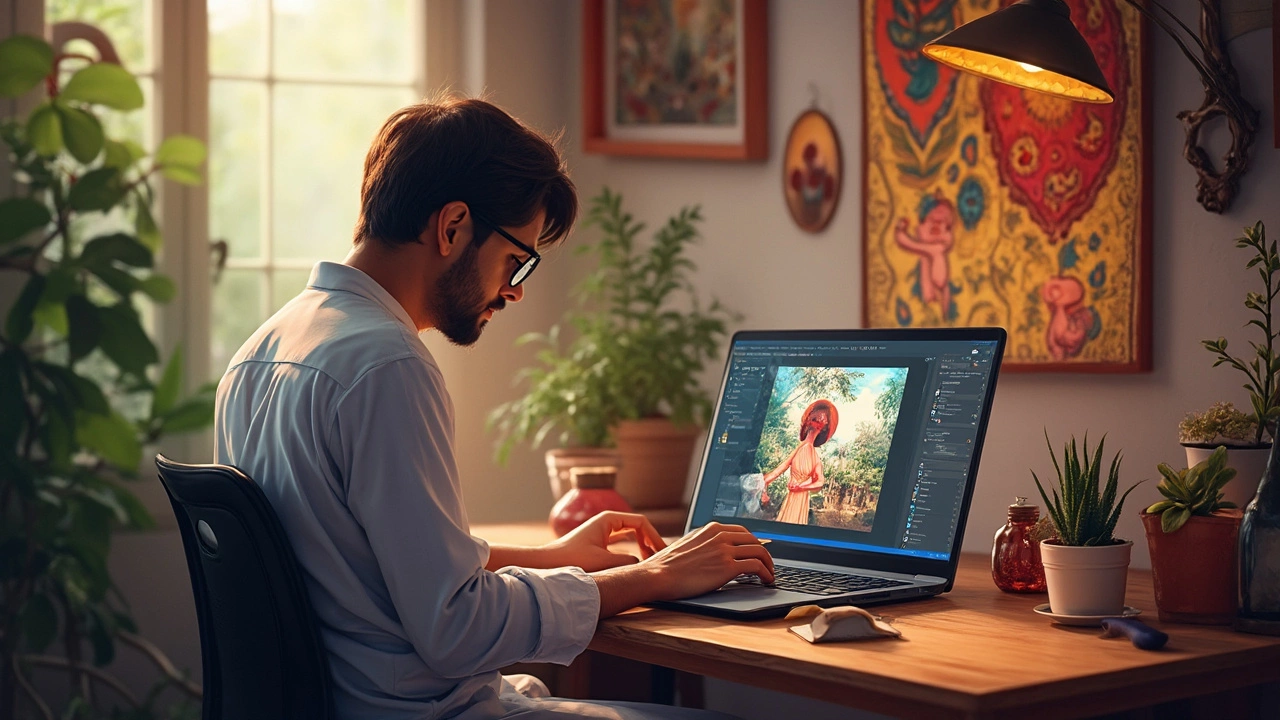Image Editing: Free Tools, Simple Tips, and Best Practices
Looking to make your photos pop without spending a fortune? You’re in the right spot. From quick fixes on your phone to powerful desktop editors, there are dozens of options that let you boost colors, crop awkward shots, and add creative flair. Below we break down the most reliable free editors, the best Photoshop alternatives for 2025, and a handful of practical tricks you can use right now.
Free Photo Editors That Actually Work
First up: free apps that deliver results without hidden fees. Photopea runs in any browser, mimics Photoshop’s interface, and handles PSD files, RAW images, and layers without a subscription. It’s perfect for someone who wants Photoshop‑style power on a budget. GIMP is the open‑source heavyweight; it’s a bit steeper to learn, but once you get the hang of its toolbox you can do everything from batch resizing to advanced masking. If you prefer a mobile‑first experience, Pixlr X offers easy sliders for exposure, contrast, and AI‑driven background removal—all free, with optional paid upgrades you can ignore.
Our own post “Free Photo Editor: Is It Really Free or Just Clickbait?” dives deeper into which apps keep the promises and which slip in watermarks after a few edits. The short takeaway? Stick to Photopea, GIMP, or Pixlr X if you want a truly unrestricted workflow.
Photoshop Alternatives for 2025
When you need more polish than a free editor can provide, look at the modern Photoshop rivals. Affinity Photo has a one‑time purchase price and offers non‑destructive editing, RAW support, and a fluid brush engine. It’s especially popular among freelancers who hate subscription models. Luminar Neo focuses on AI‑driven sky replacement, portrait retouching, and a sleek, beginner‑friendly UI. For quick design projects that blend photo editing with layout work, Canva Pro now includes a robust photo editor, background remover, and a library of templates – all in the cloud.
In our “Top Photoshop Alternatives: What Tools Are Replacing Photoshop in 2025?” article we compared performance, learning curve, and pricing. If you’re after a balance of power and cost, Affinity Photo usually tops the list, while Luminar Neo shines for speedy, AI‑boosted tweaks.
Beyond tools, a few habits can make any edit look cleaner. Always work on a copy of the original file, so you can revert if a filter goes wrong. Use adjustment layers (or their equivalent) to keep changes non‑destructive. And when you’re done, export to the right format: JPEG for web, PNG for transparency, and TIFF for high‑resolution prints.
Need a quick way to resize a passport photo or create a 20x20‑cm print? Our guides “Free App to Resize Photos: The Best Options for Passport Photos” and “Effortless Ways to Print Digital Photos from Your Phone” walk you through step‑by‑step processes using the same free editors we mentioned.
Whether you’re polishing wedding snaps, preparing a product catalog, or just fixing a selfie, the right editor and a few simple tricks go a long way. Explore the free options first, graduate to an affordable Photoshop alternative when you need that extra polish, and you’ll keep your workflow fast, cheap, and impressive.
